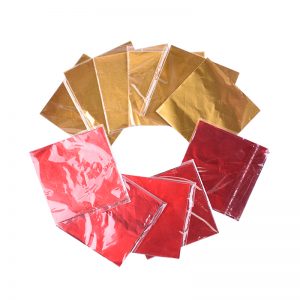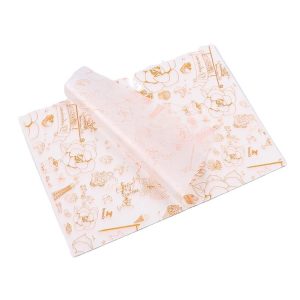Copy paper printing has high physical strength, excellent uniformity and transparency, and good appearance properties, fine, smooth, smooth, no foam sand, and good printability. Generally, the production of printing paper is divided into two basic processes: pulp and papermaking. Pulp is the use of mechanical methods, chemical methods or a combination of the two methods to dissociate plant fiber raw materials into natural pulp or bleached pulp.
The copy paper mill can copy any text and graphics on a transparent polyester film with a photocopier for teaching projection. The specific method is to put the original manuscript, adjust the developing density, and use the manual paper feed tray to feed the polyester film. If the film is easy to jam, a piece of copy paper can be lined under it, and the end that enters the machine first is stuck with transparent adhesive paper.
Copy paper is a network structure made up of various plant fibers interlaced with each other. In this network structure, some fillers, glues, and colors are added to the pores between the fibers to satisfy the paper itself. The characteristics it should have. Participating in filler is to improve the whiteness, smoothness and opacity of the paper; Participating in sizing material is to make the paper have a certain degree of water resistance, and it is not easily moisturized by water or other liquids; Participating in coloring materials makes the white paper have higher whiteness . The pore structure of white paper is the basis for paper to absorb ink, and it is one of the key factors for the permeation and dryness of newspaper printing crystals.




















